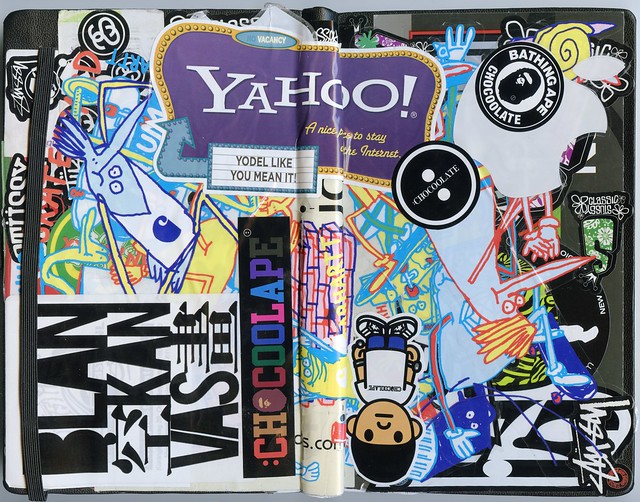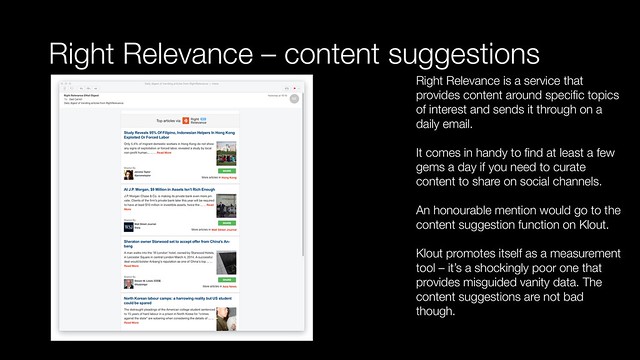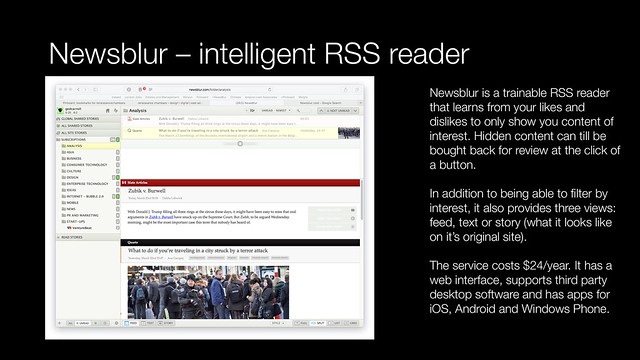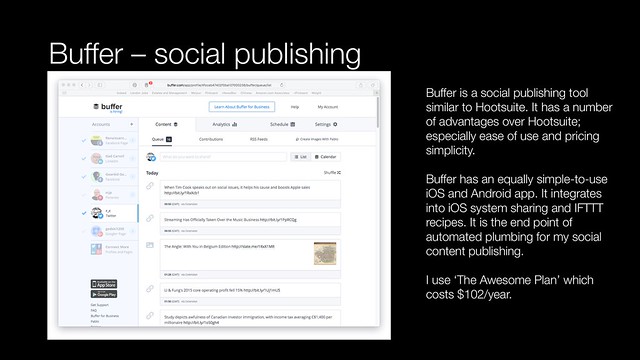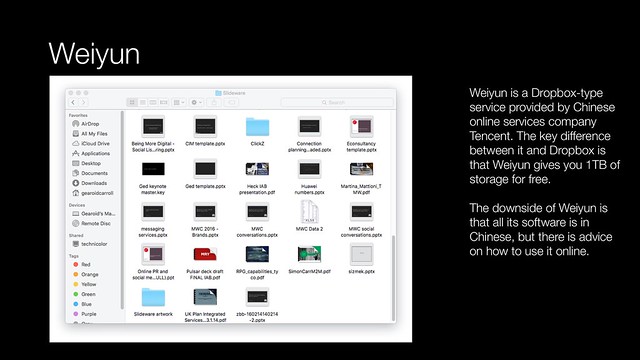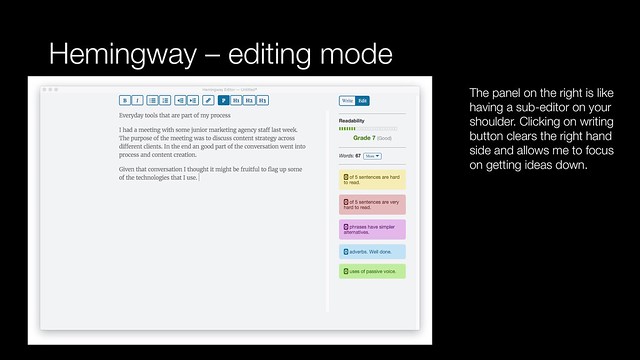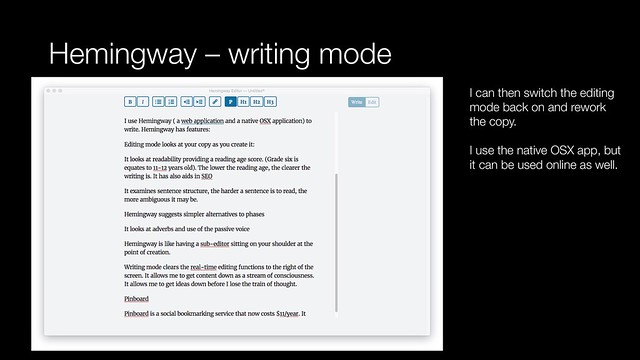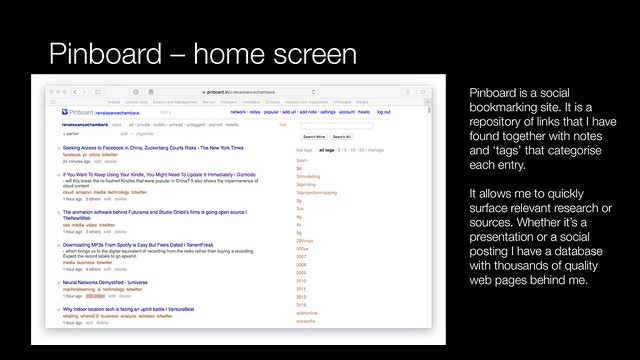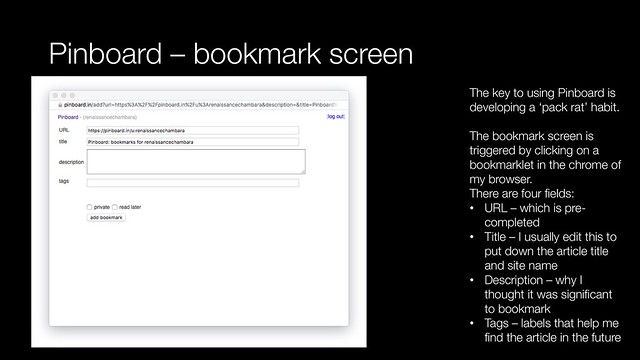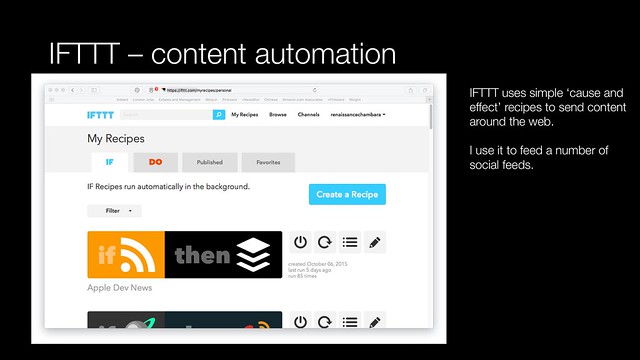Leatherman
Origin Of Leatherman: The Road From Start-Up To Mega-Brand – great interview with Tim Leatherman. The development of Leatherman cam out of an unmet need. But what was of particular interest was how Gerber Knives went from Leatherman supplier to competitor by looking at the Leatherman production orders. There’s a lesson from Leatherman for globalised brands using ODM firms in places like China.
Business
Samsung Targeted by U.S. Activist Elliott Urging Separation – Bloomberg – interesting move, launched just as the Lee family transitions a leadership handover. Basically, break things up, and allow American activist investors to tear your business to pieces. Part of wider trend where technology is now viewed as value rather than growth stocks
Consumer behaviour
Loving Our Phones May Come At A Physical Price | Buzzfeed – not terribly surprising when you think about it
Economics
Spotify is causing a major problem for economists – Business Insider – surely the same as services? – HSBC global economist James Pomeroy recently published a fascinating paper that looks at this question. “The rise of the digital natives” argues that the increase in digital services like Spotify — and Apple and Google and Facebook and Amazon and on and on — put downward pressure on prices and inflation.
Finance
WSJ City – Woodford: Investors Face Short-Termist Pressures – Neil Woodford’s criticisms remind me a lot of Will Hutton’s The State We’re In. The key difference is that Woodford seems a bit suspect (paywall)
FMCG
McDonald’s Celebrates 26th Birthday in China | Whats on Weibo – great WeChat and Weibo brand marketing case studies from What’s On Weibo. McDonald’s is very well known, but is surpassed in Chinese success by KFC.
How to
Foundations of Data Science by Blum, Hopcroft & Kannan | Cornell University – (PDF)
Use iMessage apps on your iPhone, iPad, and iPod touch – Apple Support – not the most intuitive process, quite easy to miss the whole app store process
Ideas
Nabeel Hyatt on Silicon Valley innovation vs invention – Business Insider – and herein lies why China and other countries are able to dial-down silicon valley’s halo and make the bay area look more like Detroit-in-waiting
Photos: How Tools Start a Revolution | Learning By Shipping – iPhone (or any other smartphone) is not the bokeh you were looking for
Media
Shazam’s CEO Talks 1 Billion App Downloads And The Future Of The Brand | Forbes – a billion downloads to get to profitability…
Verizon reportedly wants $1 billion discount on Yahoo | VentureBeat – expect more things to come out before this fight ends. It was inevitable that Verizon would revisit the value as this would affect many younger tech savvy Yahoo! customers
Bloomberg Announces New Multiplatform Brand for Tech News | Adweek – interesting that much faster page load times is pulled out as a key differentiator
Yahoo! rebrands its main app as Yahoo Newsroom, lets you post your own news links | TechCrunch – a mix of Metro style tiles and Apples News app, I don’t think that this will be a success as there are similar services with longer traction. The ironic thing is that these are newsreaders are still using RSS on the back end. The window dressing has changed, but the importance of RSS / Atom hasn’t
Viceland UK scores zero ratings on some nights after Sky TV launch | The Guardian – I’d seen these numbers the previous week, but its not a good narrative for Vice. I suspect the problem is being on Sky given the propensity for cord cutting
Online
Introducing Marketplace: Buy and Sell with Your Local Community | Facebook Newsroom – second (or third) time lucky?
Retailing
Amazon bans incentivized reviews tied to free or discounted products | TechCrunch – this is going to have an impact on influencer relations by PR agencies
Security
Yahoo Disputes Report on E-Mail Scanning for U.S. Government – Bloomberg – ‘non-denial’ denial
Yahoo Slams Email Surveillance Story: Experts Demand Details | Threatpost – would you believe Yahoo!’s denials? But how could they adequately disprove it now, the FBI and NSA won’t help them
The Hacking of Yahoo – Schneier on Security – “state-sponsored actor” is often code for “please don’t blame us for our shoddy security because it was a really sophisticated attacker and we can’t be expected to defend ourselves against that.” – this might be Marissa Mayer‘s leadership legacy at Yahoo!
Delete Your Yahoo Account | The Intercept – Yahoo program seems “in some ways more problematic and broader” than previously revealed NSA bulk surveillance programs like PRISM or Upstream collection efforts. “It’s hard to think of an interpretation” of the Reuters report, he explained, “that doesn’t mean Yahoo isn’t being asked to scan all domestic communications without a warrant” or probable cause. – It probably won’t impact Yahoo!’s core active audience of techno-neophytes, but it does nuke any fantasy Verizon had of growing the user base
Exclusive: Yahoo secretly scanned customer emails for U.S. intelligence – sources | Reuters – expect more dirty laundry to drop
Software
WeChat’s world | The Economist – a boisterous four-year-old living in Shanghai, is what marketing people call a digital native. Over a year ago, she started communicating with her parents using WeChat, a Chinese mobile-messaging service. She is too young to carry around a mobile phone. Instead she uses a Mon Mon, an internet-connected device that links through the cloud to the WeChat app – its a WeChat world, the other technology companies are just copying their innovation
Behind The Crash Of 3D Robotics, North America’s Most Promising Drone Company – it’s just going to be inherently much more difficult for a Silicon Valley-based, software-focused company to compete against vertically integrated powerhouse manufacturing company in China
Apple Said to Plan Improved Cloud Services by Unifying Teams – Bloomberg – I wonder what the implications could be for product leaks? Or are services an area of less concern?
Microsoft’s bot platform is more popular than Facebook’s among developers | VentureBeat – interesting, though this might change with Facebook for Work
Technology
Encouraged by Apple, Sharp invests in OLED production equipment | Electronics EETimes – also managed to get some interesting tech that improves VR experience
Sharp’s IGZO Display Makes Dots Invisible for VR | Nikkei TechOn – and Apple is looking to dial up production of OLEDs by buying from Sharp….
Wireless
Google’s 24/7 live support for the Pixel phones comes complete with screen sharing | Android Police – interesting step up in customer services, presumably what was required to get them into Verizon
Source: Huawei passed on chance to produce Pixel phones, US division badly struggling | Android Police – big issues across handset business in US, interesting that they cleaned out the Honor marketing team despite them being the best performers. This is likely to create motivation issues moving forwards
